1. Proxima Centauri b
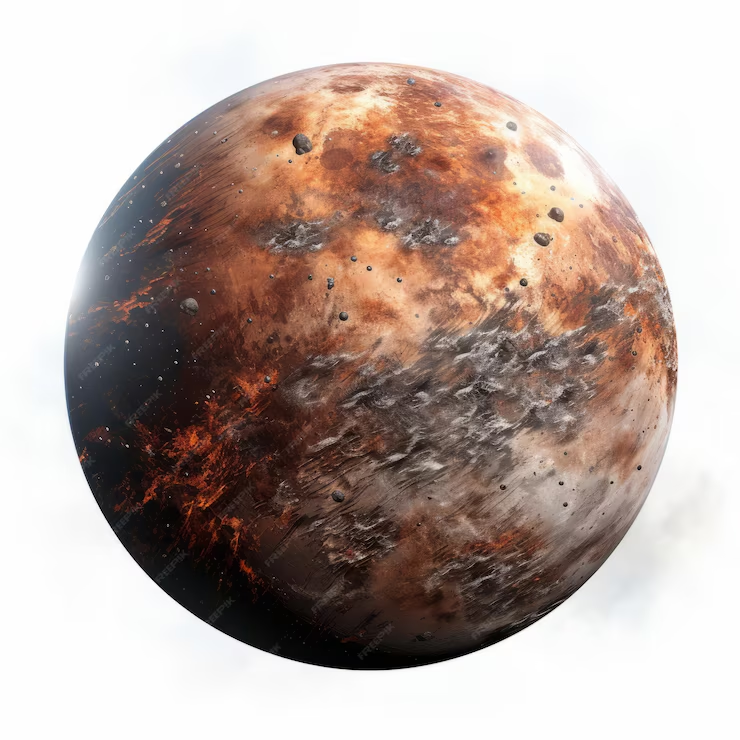
Proxima Centauri b is an Earth-sized exoplanet located in the habitable zone of the red dwarf star Proxima Centauri, about 4.2 light-years away. Discovered in 2016, it has a mass approximately 17% greater than Earth and orbits its star every 11.2 days. While it is potentially rocky and located within the habitable zone, its proximity to Proxima Centauri may expose it to intense radiation, making the presence of a stable atmosphere uncertain. The planet's surface conditions are still under study, but its potential for water remains an exciting prospect. Ongoing observations aim to understand its atmosphere, if it exists, and how it interacts with stellar activity. Its discovery has sparked interest in the search for life beyond our solar system.
2. TRAPPIST-1e
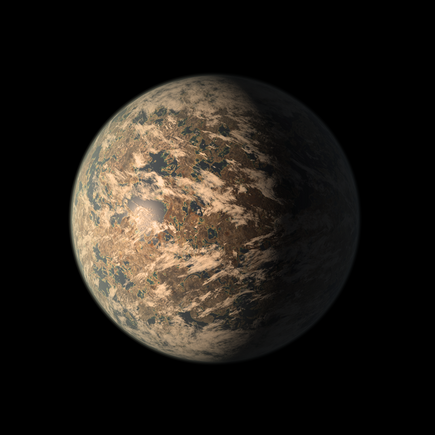
TRAPPIST-1e is one of seven Earth-sized planets orbiting the ultra-cool dwarf star TRAPPIST-1, located about 39 light-years away. It is situated in the star's habitable zone, where conditions may allow for liquid water. With a mass similar to Earth's, TRAPPIST-1e is considered a prime candidate for studying the potential for life beyond our solar system. The planet's year lasts just 6.1 days, which makes it a fascinating subject for atmospheric research. Scientists are interested in understanding its composition and any potential biosignatures. Given its Earth-like properties, TRAPPIST-1e could provide clues about the diversity of planetary systems in our galaxy.
3. Kepler-186f
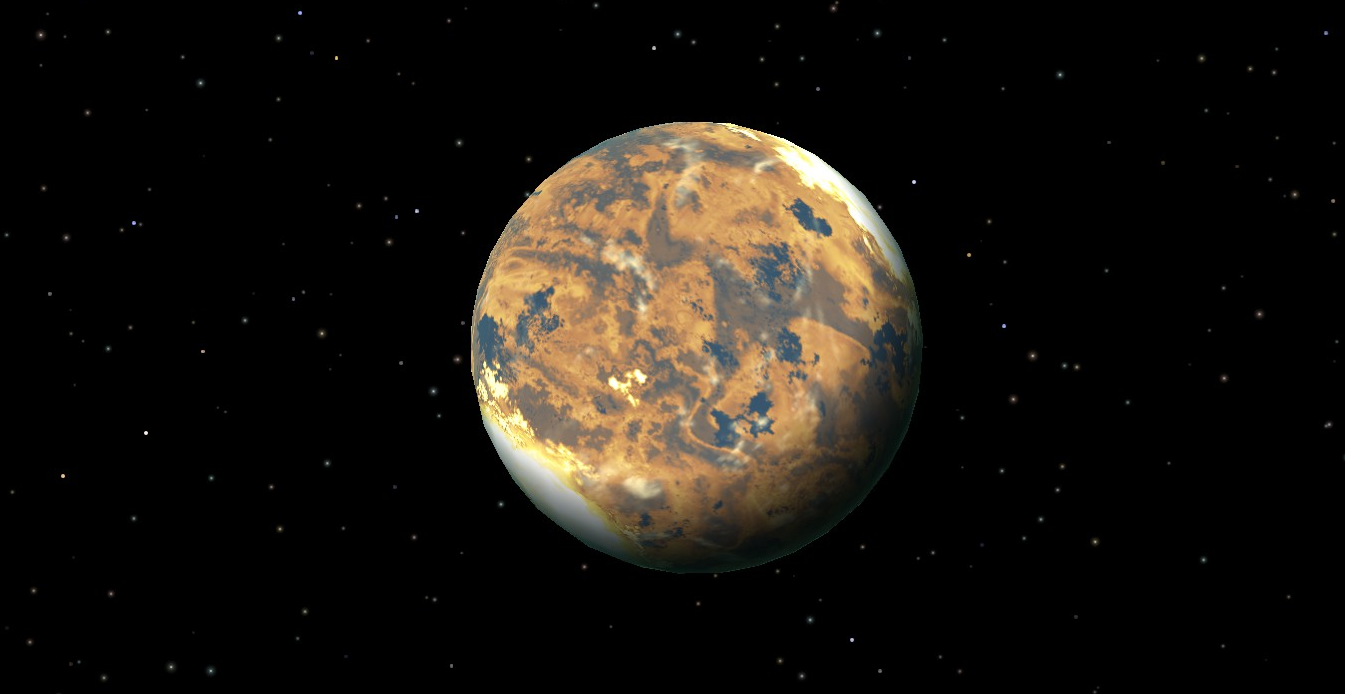
Kepler-186f is the first Earth-sized exoplanet discovered in the habitable zone of another star, located about 500 light-years away. It orbits a star smaller and cooler than the Sun, with a year lasting 130 days. This planet has a radius 1.1 times that of Earth, suggesting it may have a rocky composition and the potential for liquid water. Its discovery is significant as it demonstrates that Earth-like planets can exist around M-dwarf stars. Future missions aim to study its atmosphere and search for potential biosignatures. Kepler-186f offers a promising glimpse into the types of worlds that may be habitable, expanding our understanding of where life could exist beyond Earth.
4. Luyten b
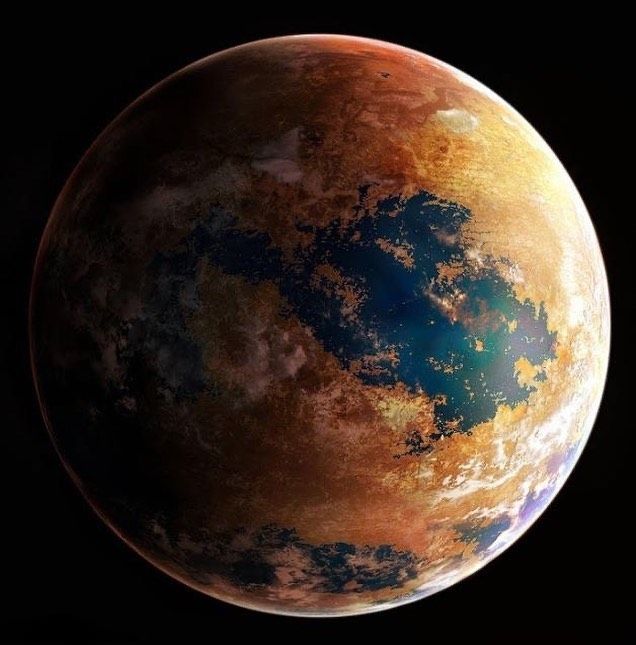
Luyten b is a super-Earth located around 12.2 light-years from Earth in the habitable zone of the red dwarf star Luyten's Star. With a mass about 2.9 times that of Earth, it is believed to be rocky and may have conditions suitable for liquid water. Its proximity to its host star makes it a strong candidate for future studies on habitability. The planet's orbit lasts about 18.6 days, allowing for a stable climate if it has an atmosphere. Researchers are particularly interested in its potential for supporting life, as well as its geological activity. Luyten b presents an exciting opportunity to explore what makes a planet habitable.
5. Ross 128 b
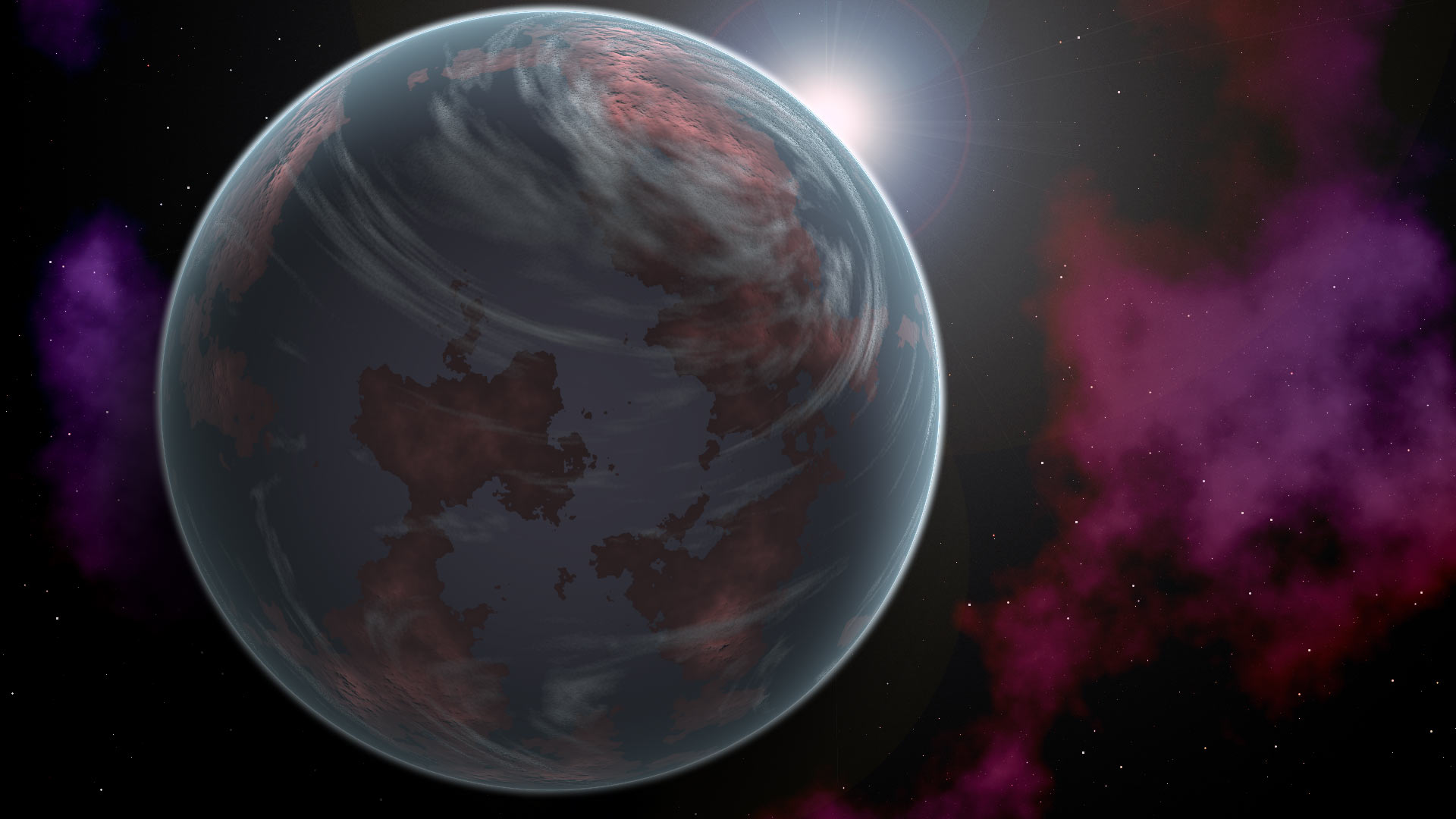
Ross 128 b is an Earth-sized exoplanet orbiting the nearby red dwarf star Ross 128, approximately 11 light-years away. Discovered in 2017, it is located within the habitable zone, where conditions could allow for liquid water. The planet is tidally locked, meaning one side always faces its star, which raises questions about its atmospheric dynamics. Studies suggest it might have a stable atmosphere, possibly allowing for the existence of liquid water. This unique characteristic provides a rich field for research on atmospheric circulation patterns. The prospect of life existing on Ross 128 b makes it a high-priority target for further investigation.
6. Gliese 581g
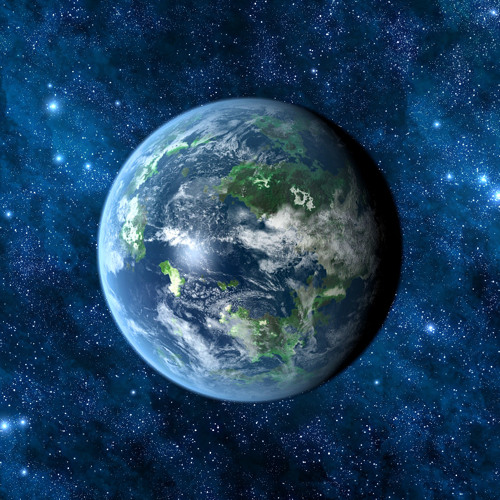
Gliese 581g is a super-Earth located in the habitable zone of the red dwarf star Gliese 581, about 20 light-years away. It has a mass approximately 3.1 to 4.3 times that of Earth, making it a prime candidate for habitability studies. However, its existence has been debated due to the limitations of detection methods. If confirmed, it may have conditions that could support liquid water and possibly life. The ongoing debate surrounding its existence highlights the challenges in exoplanet detection. Researchers are eager to conduct more observations to understand its atmospheric conditions better and determine its potential for supporting life.
7. Teegarden b
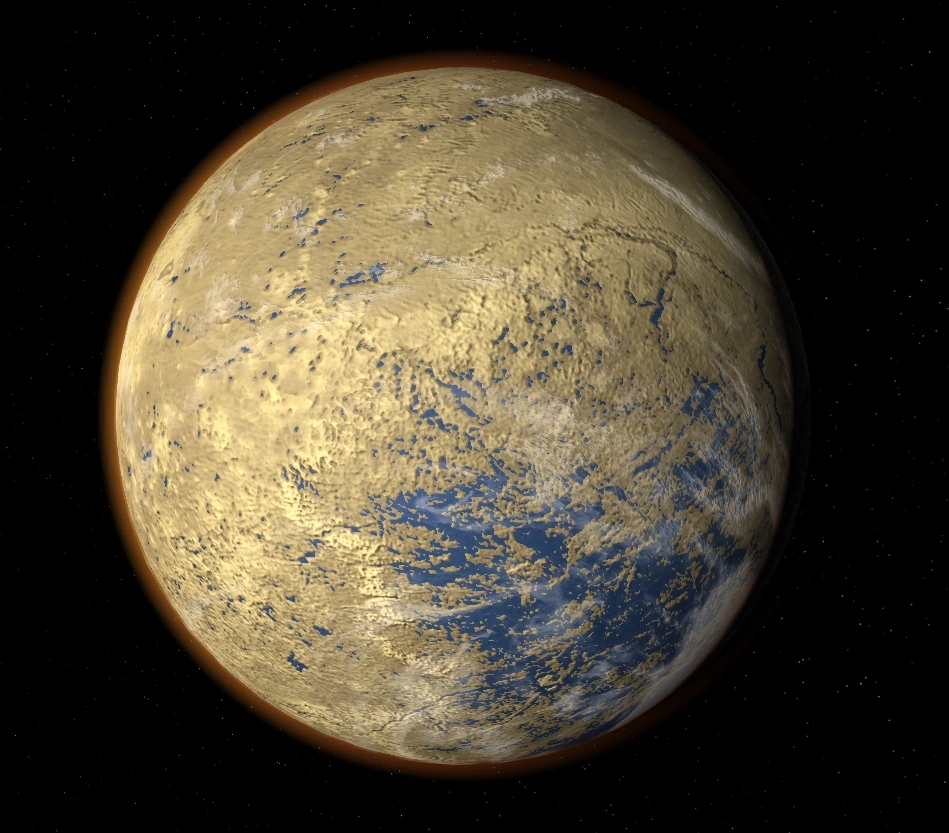
Teegarden b is an Earth-sized exoplanet orbiting the M-type star Teegarden's Star, located around 12.5 light-years from Earth. Discovered in 2019, it lies within the star's habitable zone and has a mass about 1.1 times that of Earth. Its proximity and potential for liquid water make it a compelling candidate for the search for extraterrestrial life. The planet's year is just 4.9 days long, allowing for interesting climate dynamics if an atmosphere exists. Research efforts aim to analyze its atmosphere and surface conditions to assess habitability potential. Teegarden b adds to the growing list of exciting exoplanets that could potentially support life.
8. Kepler-442b
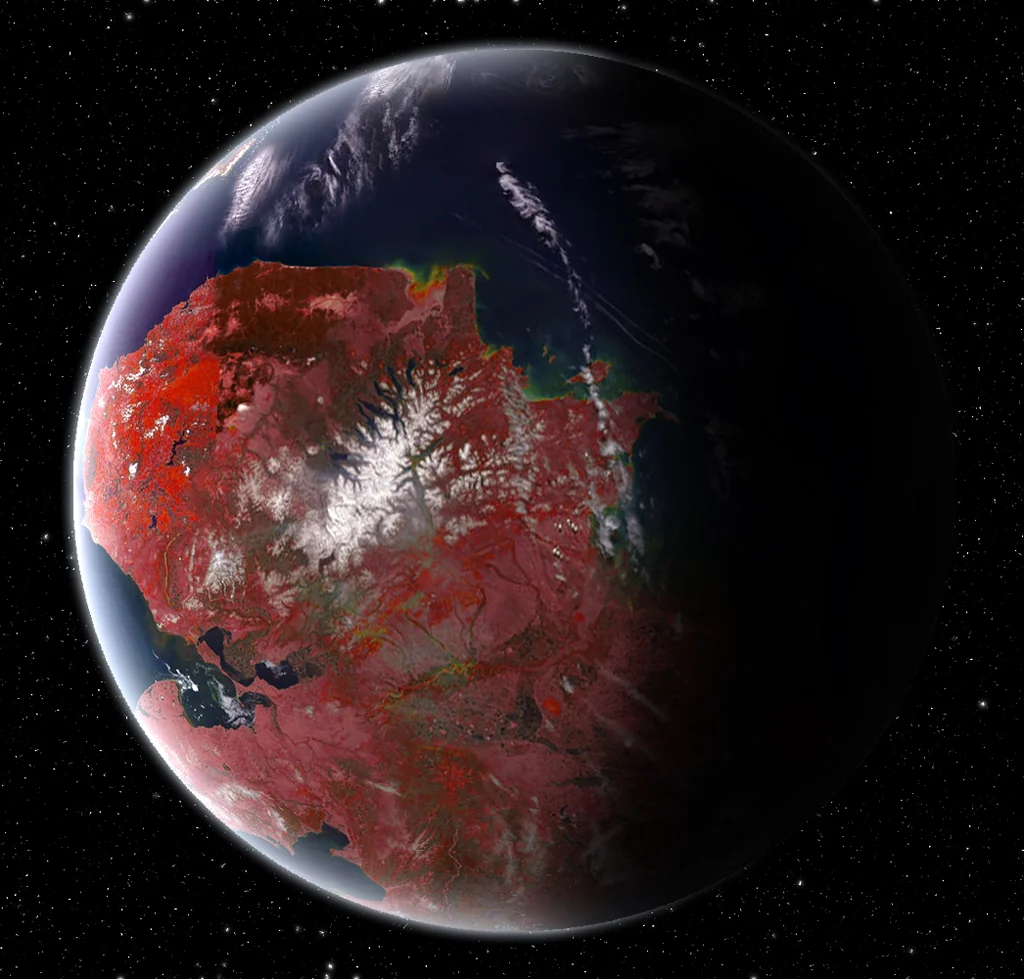
Kepler-442b is a super-Earth located approximately 1,200 light-years away in the constellation Lyra. It is roughly 2.4 times the size of Earth and orbits its star within the habitable zone. Discovered in 2015, it has a year lasting about 112 days. Its size and location make it an interesting target for studying exoplanet atmospheres and their potential for supporting life. Researchers are keen to explore its characteristics further and understand its potential climate. The discovery of Kepler-442b enhances our knowledge of the diversity of planetary systems and the factors that contribute to habitability.
9. K2-72e

K2-72e is an Earth-sized exoplanet located about 245 light-years away in the habitable zone of its star, K2-72. Discovered during the K2 mission of the Kepler spacecraft, it is considered a potential candidate for habitability due to its size and location. The planet is approximately 1.6 times the radius of Earth, suggesting a rocky composition. Observations are ongoing to assess its atmospheric conditions and potential for liquid water. K2-72e's discovery contributes to our understanding of the range of environments that may support life beyond Earth. Researchers are excited to delve deeper into its characteristics and potential habitability.
10. WASP-121b
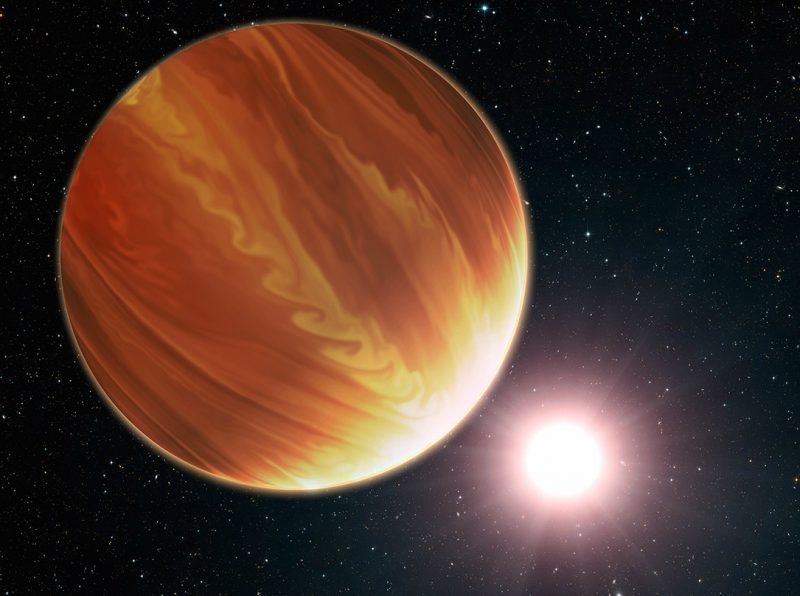
WASP-121b is a hot Jupiter located approximately 850 light-years away in the constellation Puppis. It orbits its star in just 30 hours, making it extremely hot and gaseous. This exoplanet is known for its distinctive atmospheric features, including potential metal clouds and strong winds. The extreme temperatures on WASP-121b lead to unique atmospheric chemistry, providing a rich field for research. Scientists are particularly interested in its thermal structure and chemical composition, as it may reveal insights into the dynamics of exoplanetary atmospheres. The study of WASP-121b could enhance our understanding of gas giants and their formation processes.
11. HD 209458b

HD 209458b, also known as Osiris, is a hot Jupiter located about 159 light-years away. It was one of the first exoplanets discovered to transit its star, providing valuable data about its atmosphere. With a short orbital period of just 3.5 days, it has been studied extensively for its atmospheric composition, which may include water vapor and carbon dioxide. Observations suggest it experiences significant atmospheric escape due to its proximity to its host star. HD 209458b's study has greatly advanced our understanding of exoplanetary atmospheres and their evolution. The unique characteristics of this exoplanet make it a key subject in exoplanet research.
12. HD 189733b
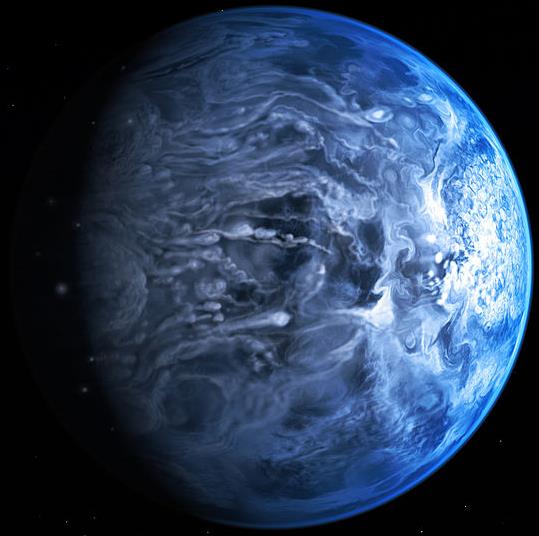
HD 189733b is another hot Jupiter located approximately 64 light-years away. It is known for its extreme weather, with winds exceeding 8,700 km/h (about 5,400 mph) and the possibility of glass rain due to its high temperatures and atmospheric conditions. This exoplanet provides insights into the dynamics of exoplanetary atmospheres and the effects of stellar radiation. Studies have revealed its deep blue color, likely due to silicate particles in its atmosphere. Researchers are fascinated by its extreme conditions, which offer a unique laboratory for understanding atmospheric phenomena. The findings from HD 189733b contribute significantly to our knowledge of gas giants and their diverse atmospheric behaviors.